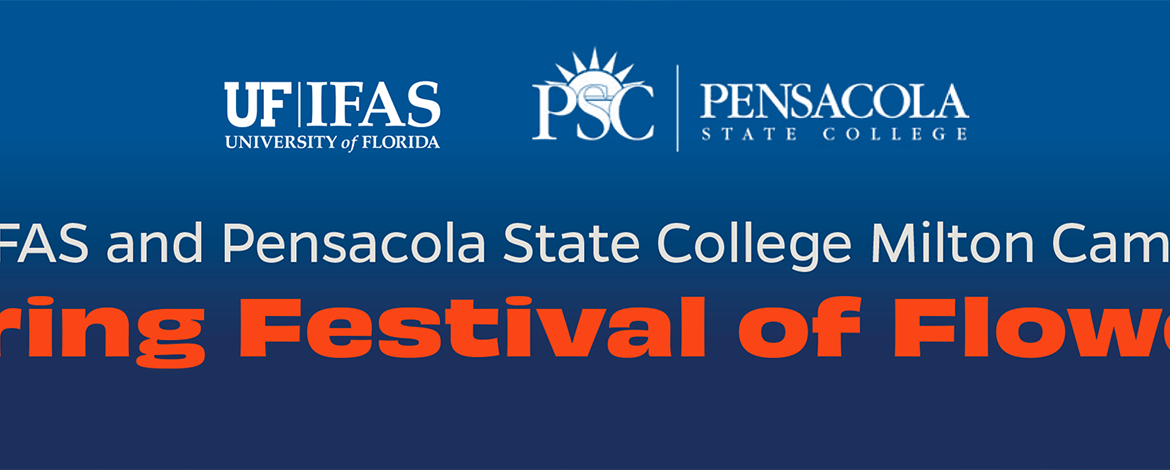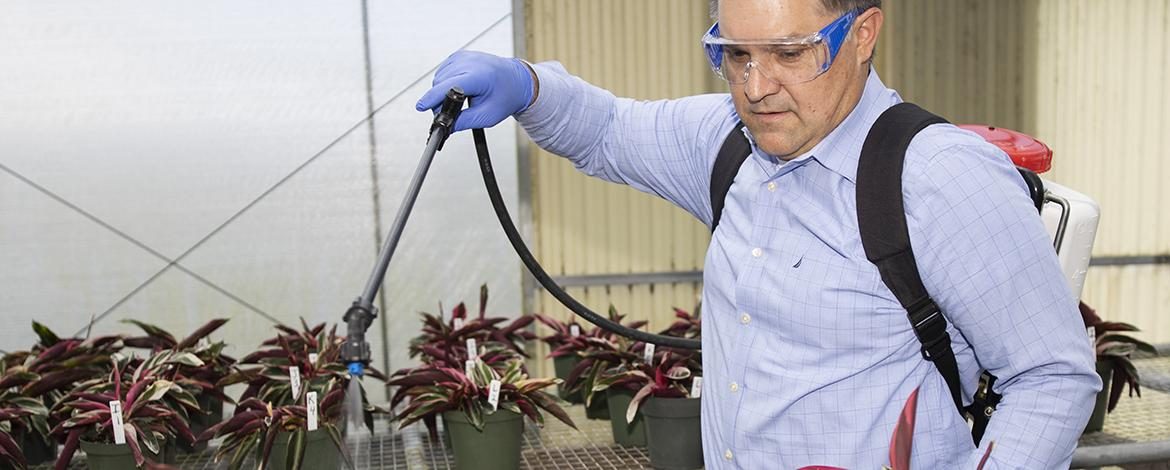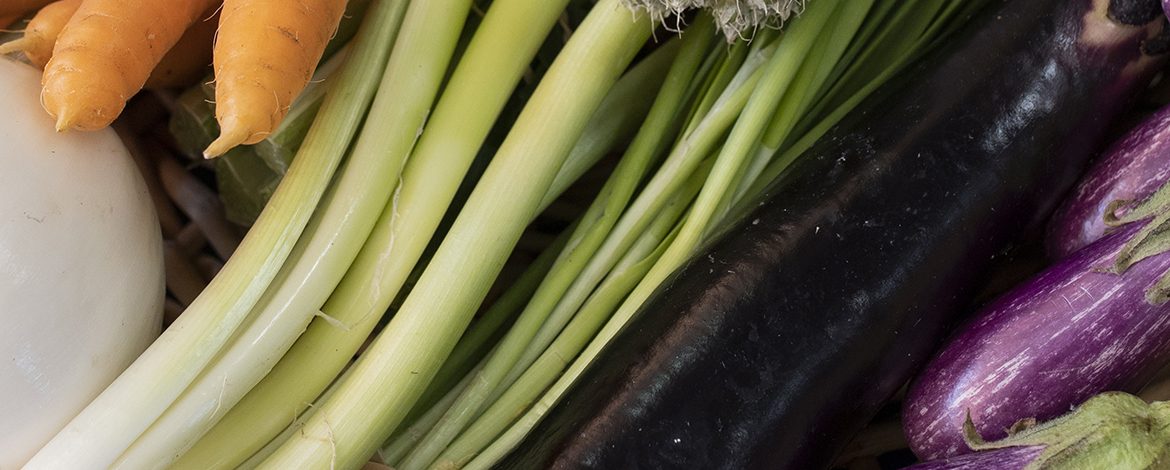Palms in North Florida suffered serious damage as a result of freezing weather in December 2022. As spring approaches, we will be looking to see if the palms will recover. Learn what to do now and what to expect from your palms with UF IFAS Extension Escambia County. by Beth BollesSource: UF/IFAS Pest Alert…












